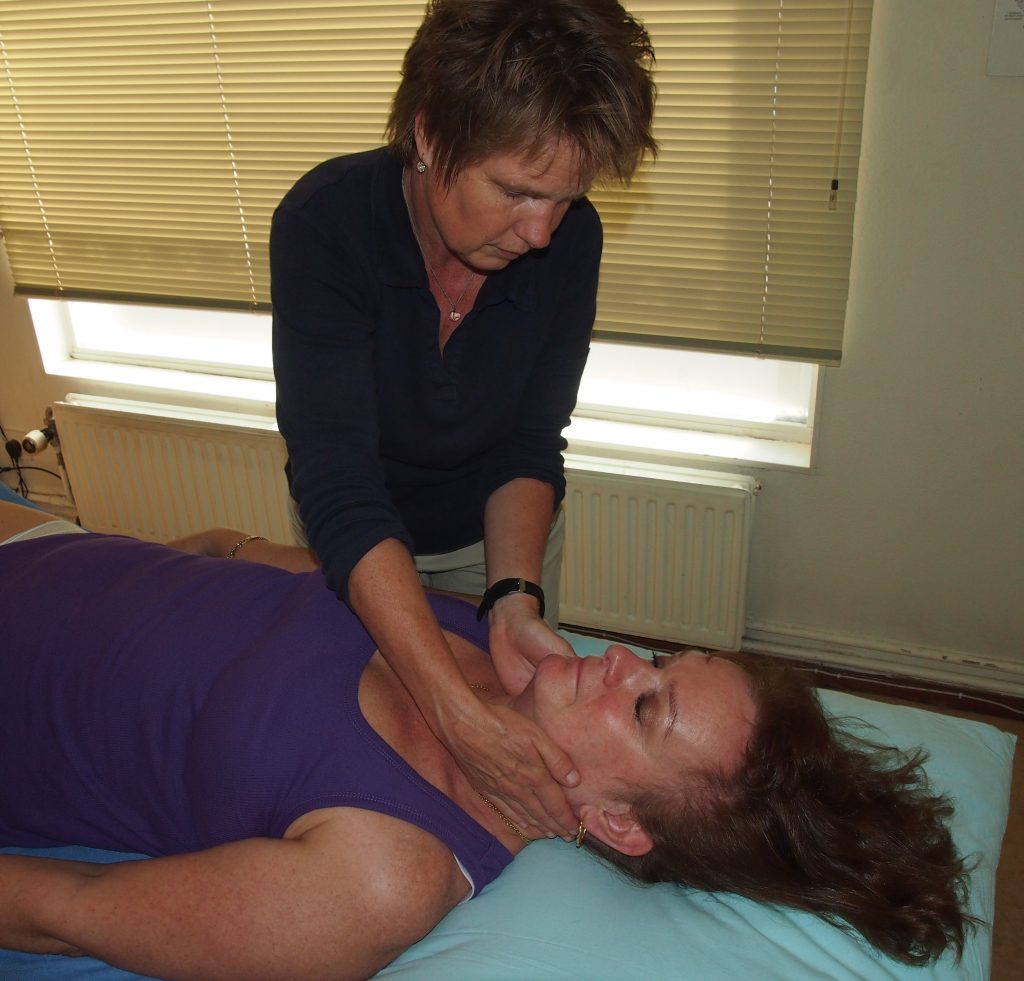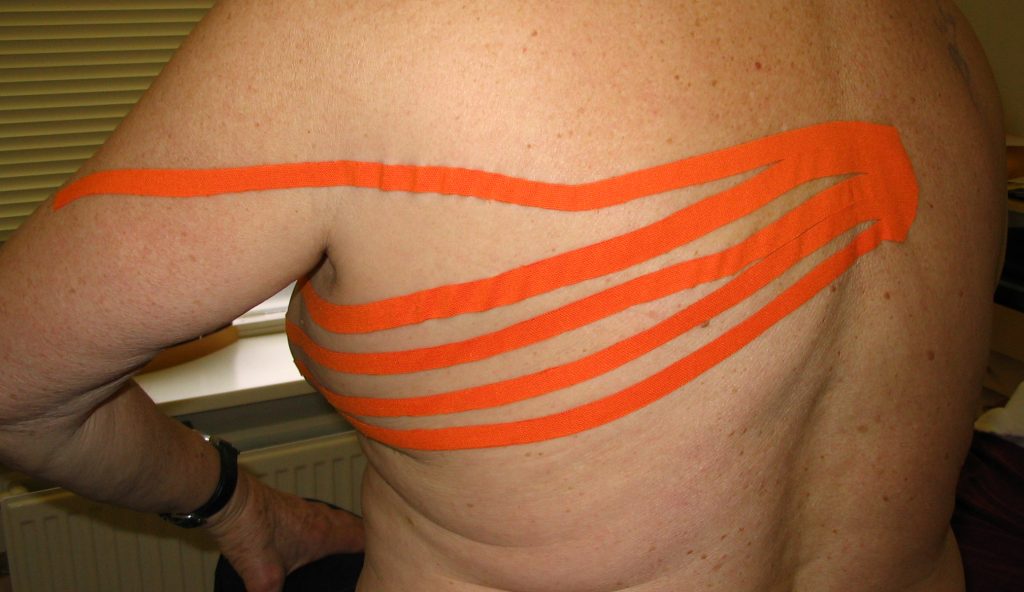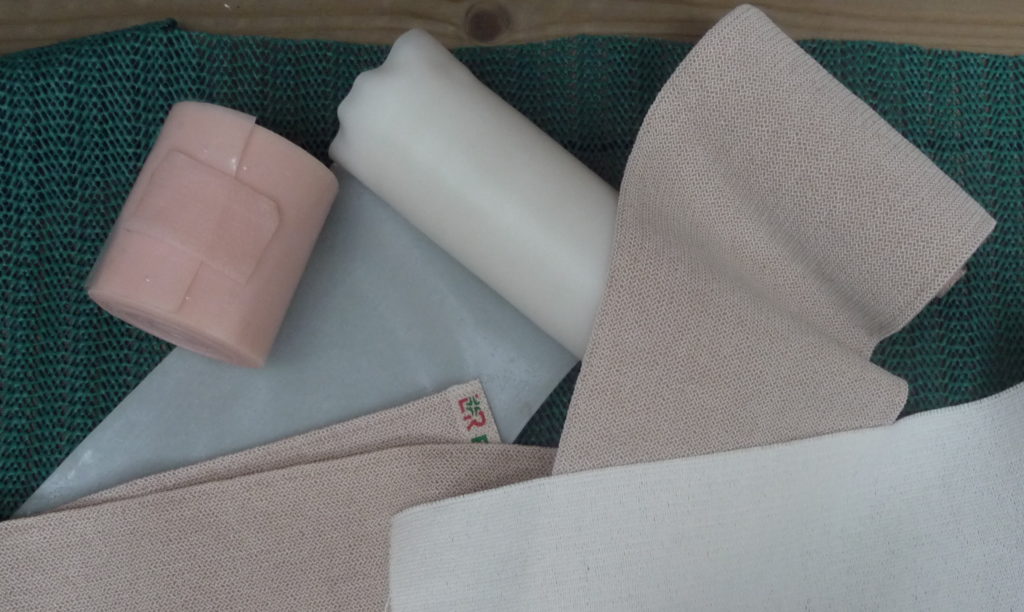Edematherapy
Types of Edematherapy
There are three different types of edema, and we can help you to treat these:
- Lymphedema
- Venous edema
- Lipedema
Combinations of various edema types also occur.
More information: https://www.lymfoedeem.nl (dutch)
Lymphedema
Lymphedema is a serious medical condition. It is an accumulation of lymph fluid in body tissue and arises when lymph vessels are unable to drain fluid optimally, and local tissue starts to swell. Lymphedema commonly results in swelling of an arm or leg, but may also occur in the chest, neck, face or pelvis.
Lymphedema is a chronic illness, it will not disappear and can have far-reaching consequences for your daily life. As such, it is important to reduce the risk of lymphedema, and to recognize and treat lymphedema at an early stage. Causes are diverse, and lymphedema may develop after surgery or radiation, or as a side-effect of cancerous growth, trauma, varicose veins, medication, or it can be congenital.
Symptoms: tingling, heaviness in the limbs, tight skin, fatigue, limitations in movement, skin abnormalities, infections, thicker skin folds, pits that remain in the skin.
Venous edema
Venous edema, also known as chronic venous insufficiency is a defect in the veins and can lead to oxygen-depletion and too much waste in the bloodstream, so blood can not flow back properly from the legs to the heart. This can happen due to aging or damaged vessels. Heaviness in the legs, swollen limbs and restless legs may occur. Fluid accumulation, dilated blood vessels and varicose veins often cause pain and fatigue.
Venous edema manifests during the day, legs and ankles swell and health problems appear. Spider veins often occur due to the increasing pressure and dilation of the blood vessels. This can lead to discoloration or wounds on the skin. Restless legs are also a common complaint. After lying down for a prolonged period of time (often after a nights sleep ) the legs are slimmer.
Venous edema can occur at any age, but mostly people with a standing profession, pregnant women and persons with limited mobility experience venous edema. It will continue to exist in the body without special treatment. It is blood with less oxygen, and has to go back to the heart and lungs. A good posture ( legs elevated), extra calf muscle activity and compression socks can help to stimulate the blood circulation.
Lipedema
Lipedema literally means fat swelling and is actually a metabolic disorder. This is a rare chronic condition that often becomes visible at the end of puberty, especially in women. We are talking about abnormal deposits of body fat in both legs, the hips, thighs, knees, and sometimes it also affects the arms. Fat cells attract fluid. This condition always appears symmetrically. Wrists, hands and ankles remain slim.
A patient with lipedema almost always complains about a painful swollen feeling in the legs due to the increased pressure, and overall fatigue is often heard as well. Being overweight worsens the pressure on the legs, and health problems caused by lipedema. Physical activity is important, and it can be helpful to use compression aids during the day, such as compression stockings. A specialised treatment, possibly with lymphatic drainage and tailor-made strength training can help too.



